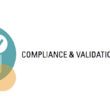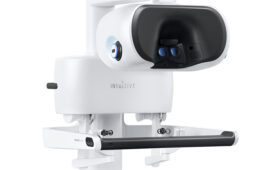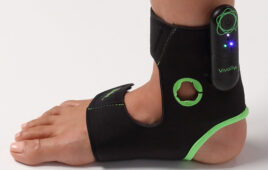Optimized lasers and passivation can make the difference when it comes to creating durable UDI laser markings for medical devices, according to a new long-term case study.
Tuttlingen, Germany–based Add’n Solutions, worked with FOBA Laser Marking+Engraving to test the marking processes. The results found that FOBA’s short pulse fiber making lasers worked better when optimized to adapt to surface characteristics depending on the stainless-steel chemistry. The appropriate laser parameters prevented the inscription from fading out or corroding.
But more importantly, Add’n solutions and FOBA concluded that passivation, developed to exactly match the marking process, creates appropriate long term protection against corrosion and thus ensures the readability of the marks. The researchers noted that they did not collect data on pico and femtosecond lasers, but the report suggests that passivation – a light coat of a protective material – is also necessary for these ultra-short lasers.
The companies demonstrated that laser marked high contrast codes are able to resist at least 500 sterilization and cleaning cycles but noted that certain functions are imperative.
The study results matter because one of the chief concerns about unique device identification (UDI) is wear-resistance. Reusable medical devices must endure multiple reprocessing in a high alkaline environment. If a marking gets worn away, the traceability of a device is compromised.
To conduct the study, Add’n Solutions used a precisely matched laser marking process, followed by a cleaning and passivation cycle. The surgical instruments were sterilized and cleaned 500 times, simulating actual wear conditions in a hospital. Steam sterilization was accompanied by an instrument cleaning with high alkaline cleaners (pH value 14), which is also equivalent to clinical cleaning procedures.
To gauge the results, researchers set parameters that the mark needed to be of high contrast and resistance but also not have a negative or unwanted impact on surface quality.
(Learn from some of the medical device industry’s top executives and experts at DeviceTalks Boston on Oct. 2.)



![A photo of the Medtronic GI Genius ColonPro polyp detection system flagging a potential sign of colon cancer during a colonoscopy. [Photo courtesy of Medtronic]](https://www.medicaldesignandoutsourcing.com/wp-content/uploads/2024/04/Medtronic-GI-Genius-doctors-268x170.jpg)


